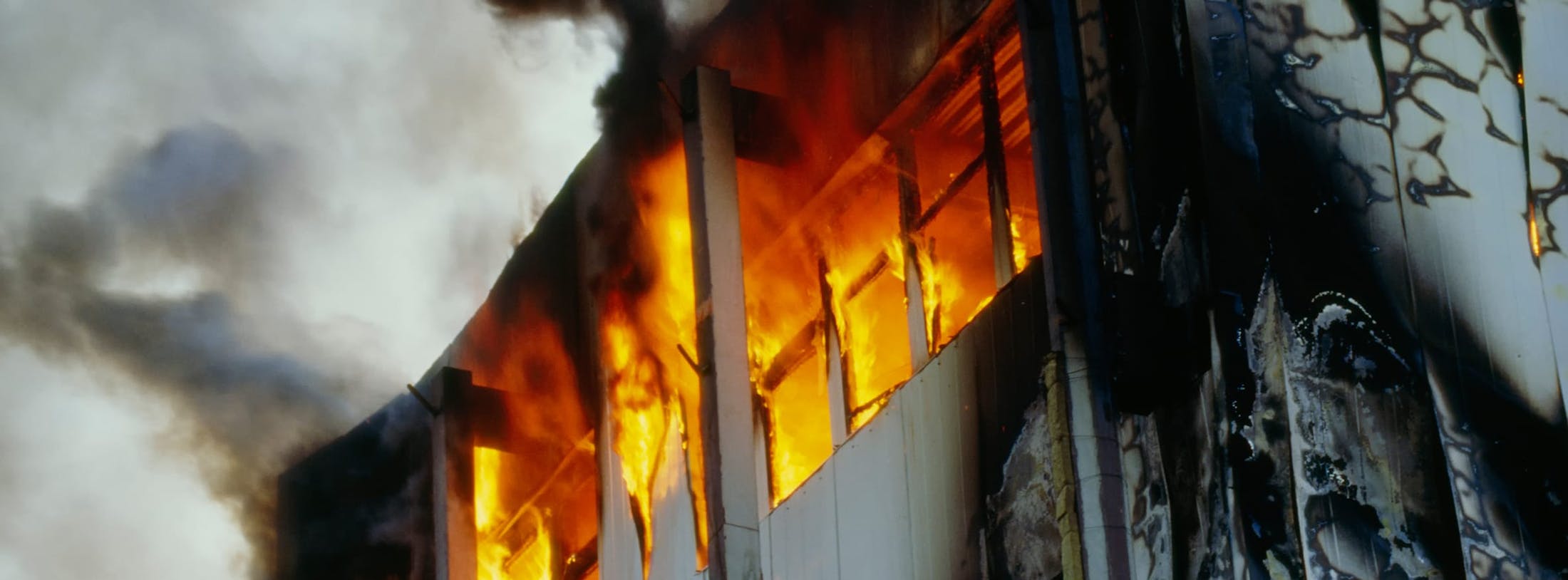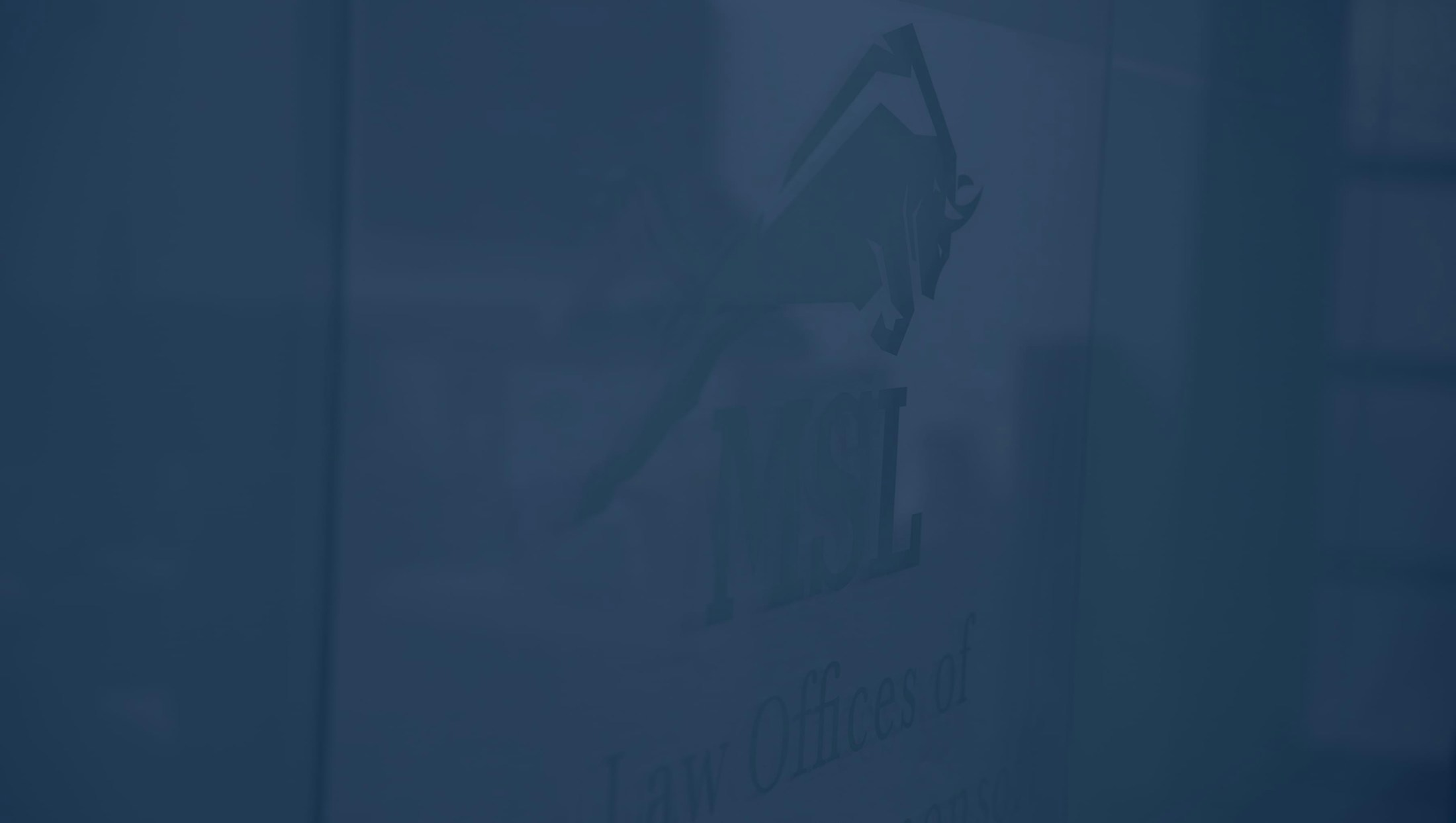Fire and explosion accidents on New York construction sites usually occur due to factors such as mishandling of hazardous materials, equipment failures, unsafe work practices, and environmental factors.
Types of Injuries in Fire and Explosion Accidents for NY Construction Workers
Fire and explosion accidents on construction sites result in some of the most devastating injuries workers can sustain. The intensity of heat, flames, and blast forces creates both immediate and long-term physical harm.
Some of the serious injuries include:
- Severe burns: Third-degree burns destroy skin layers and underlying tissues, requiring multiple surgeries, skin grafts, and long-term rehabilitation. Burns covering large body areas can be life-threatening.
- Inhalation injuries: Smoke and toxic gases such as carbon monoxide or hydrogen sulfide may cause airway damage, chemical pneumonitis, and respiratory failure. These injuries may necessitate prolonged mechanical ventilation.
- Blast injuries: Explosions produce shockwaves that can cause internal organ ruptures, traumatic amputations, and severe concussions.
- Blunt force trauma: The force of explosions or secondary structural collapses can cause fractures, spinal cord injuries, traumatic brain injuries, and crush injuries.
- Falls and secondary injuries: Panic or structural damage during a fire may cause workers to fall from scaffolds or roofs, adding fractures and head injuries to their trauma.
- Psychological trauma: Survivors may suffer from post-traumatic stress disorder (PTSD), anxiety, depression, and survivor’s guilt.
- Fatalities: The combination of heat, smoke, and trauma frequently leads to death, especially when fire suppression or emergency response is inadequate.



